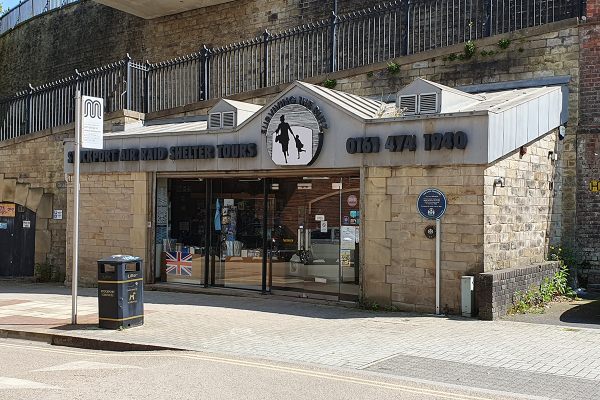About
When World War II started, the islands of Malta in the center of the Mediterranean Sea were not immediately targeted by the Axis powers, even though the islands were a British colony and the British military maintained a major presence on the islands. Then, on June 10, 1940, Italy formally declared war on the Allies, and Axis planes immediately began to bomb Malta. The attacks would continue for three years until Allied forces were able to launch invasions of Sicily and the Italian mainland.
The civilians in Malta were initially unprepared for the bombings, and when they discovered that the masonry of their homes would not withstand the bombings, the people sought refuge in many of the archipelago's natural caves (such as Għar Dalam) or pre-existing man-made tunnels (such as the tunnels built by the Knights of St. John in Valletta or the catacombs in Rabat). Over time, though, people dug new tunnels to protect themselves from the bombs.
One of the longest World War II bomb shelters in Malta was dug in the community of Mellieħa at the north end of the island of Malta. A group of diggers started creating this tunnel in July 1941, and it would eventually stretch to half a kilometer long. The tunnels could house not only the 3,842 people of Mellieħa itself but also 1,117 people displaced from other parts of the island. Each person was allocated a total of two square feet, but individual families could apply to dig their own private rooms off of the main tunnels. Additionally, the tunnels included a maternity hospital and clinic as well as a section that was used to store works of art from the Valletta Museum.
At the beginning of the 21st century, the tunnels underwent restoration work, and in 2004, they opened as a museum. Cases near the entrance display examples of gas masks and digging tools from the WWII era, and a couple of the rooms in the tunnels have been decorated to show what they looked like during the war. A few mannequins scattered throughout the shelter and a movie projector at the end of one corridor provide some additional life in the tunnels. Other sections, however, are simply long corridors of bare rock. Overall, visitors to these shelters should come away with some sense of the bleak experiences of the people who survived for years hiding from Italian and German bombers within these tunnels.
Related Tags
Know Before You Go
The World War II Shelters are located on a stairway between Misraħ il-Parroċċa and Triq Il-Marfa in the historic center of Mellieħa. This area can easily be reached by bus and by car from other parts of the island of Malta. Parking is available along Misraħ il-Parroċċa.
A small admission fee is charged, but additional donations are welcome.
Community Contributors
Added By
Published
August 1, 2024































